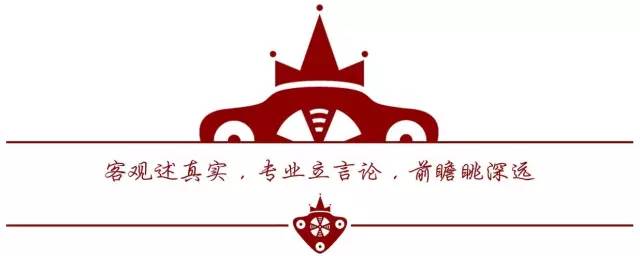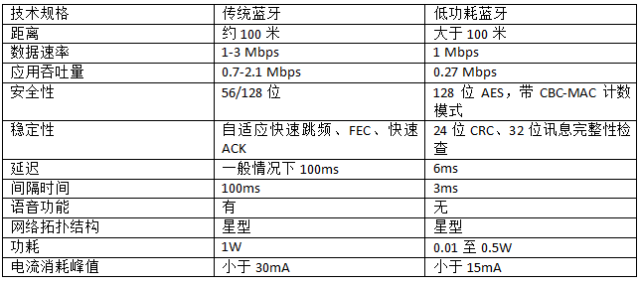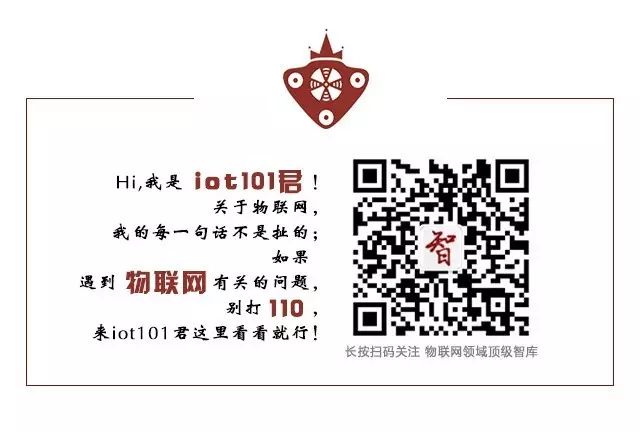
Source: Cypress
Published by IoT Think Tank
Please indicate the source and origin when reprinting
—— [Introduction] ——
Low Energy Bluetooth is an intelligent, low-power Bluetooth wireless technology. This technology enhances the intelligence level of smart devices by reducing their size, cost, and complexity.
How much do you know about this technology? Compared to traditional Bluetooth, why has it quickly become the universal wireless standard for IoT products in a short time? Let’s take a look together!
Characteristics of Low Energy Bluetooth
 Bluetooth standard module composition
Bluetooth standard module composition
Lowest Power Consumption: Most of the time it is in sleep mode and will be automatically awakened only when activity occurs.
High Cost-Effectiveness and Compatibility: Two chipsets are available: dual-mode technology with both low energy Bluetooth and traditional Bluetooth functions, and pure low energy Bluetooth technology optimized for small battery-powered devices.
Stability, Security, and Reliability: Uses Adaptive Frequency Hopping (AFH) technology to reduce the number of channels to 40 channels at 2 megahertz wide.
Wireless Coexistence: Operates in the unlicensed 2.4 gigahertz Industrial, Scientific, and Medical (ISM) band, which is also used by wireless LAN, IEEE 802.15.4/personal area networks, and many proprietary radios.
Connection Range: Achieves a connection range of up to 300 meters with a 10 milliwatt decibel wireless chipset (maximum power of low energy Bluetooth).
Ease of Use and Integration: Low energy Bluetooth micro-networks generally consist of a master device connected to multiple slave devices. The new “broadcast” feature allows slave devices to inform the master device when they need to send data.
Technical Details of Low Energy Bluetooth
 Comparison of Low Energy Bluetooth and Traditional Bluetooth
Comparison of Low Energy Bluetooth and Traditional Bluetooth
Data Transmission: Supports extremely small packets transmitted at a speed of 1Mbps. All connections use advanced low power listening mode, achieving ultra-low duty cycles.
Frequency Hopping: Minimizes interference from other technologies within the 2.4 gigahertz ISM band. Efficient multipath advantages enhance link budget and effective operational range while optimizing power consumption.
Host Control: Hosts can remain in sleep mode for long periods and will only wake up when execution is required, maximizing energy savings.
Latency: Supports connection setup and data transmission within 3 milliseconds.
Distance: Increased modulation index allows low energy Bluetooth to achieve a maximum distance of over 100 meters.
Stability: Uses robust 24-bit CRC on all packets to ensure optimal anti-interference capability.
Strong Network Security: Provides robust packet encryption and verification using full AES-128 encryption technology with CCM.
Topology: Uses 32-bit access addresses on each data packet from slave devices, allowing connection of billions of devices. This technology is optimized for one-to-one connections, while a star topology will be used for one-to-many connections.
Exhibition Application Examples
 Beacon Application Example
Beacon Application Example
Gaming – By rewarding exhibition attendees who utilize low energy Bluetooth technology to locate Beacons placed in certain positions, exhibitors can attract these attendees to areas that are being neglected.
Sponsorship – Notifications are pushed to attendees through Beacons, encouraging them to check nearby booths when passing through specific areas of the exhibition, providing a premium service to sponsors, thus generating additional revenue.
Heatmap – Beacons can gather real-time statistics, identify hotspots, and notify event managers of locations that may pose safety risks due to overcrowding.
Content Distribution – Attendees no longer have to wait for conference slides via email. BLE Beacons can automatically send slides, e-books, and other materials during or after the conference.
Automatic Check-in – Event organizers can set up simulated check-in Beacons at the entrance to easily gather information about attendance and view attendee profiles in real-time without users being present.

Previous Hot Articles (Click on the title to read directly):
-
《[Heavyweight] IoT Industry Panorama Report, the First Domestic IoT Industry 2D Perspective Panorama
-
《13 authoritative experts deeply analyze the nine major trends in the IoT field that attract attention in 2017》
-
《China’s first low power wide area network LPWAN market report released: Where is the next opportunity in IoT? [Text Version]
-
《A comic tells you: What is LoRa that everyone is talking about behind NB-IoT?
-
《A comic tells you: Besides WiFi, Bluetooth, what can the recently popular NB-IoT do?》
-
《Foxconn’s Terry Gou does not do “Guo Run Run”, 50 days to finalize the ambition behind the 61 billion investment》
